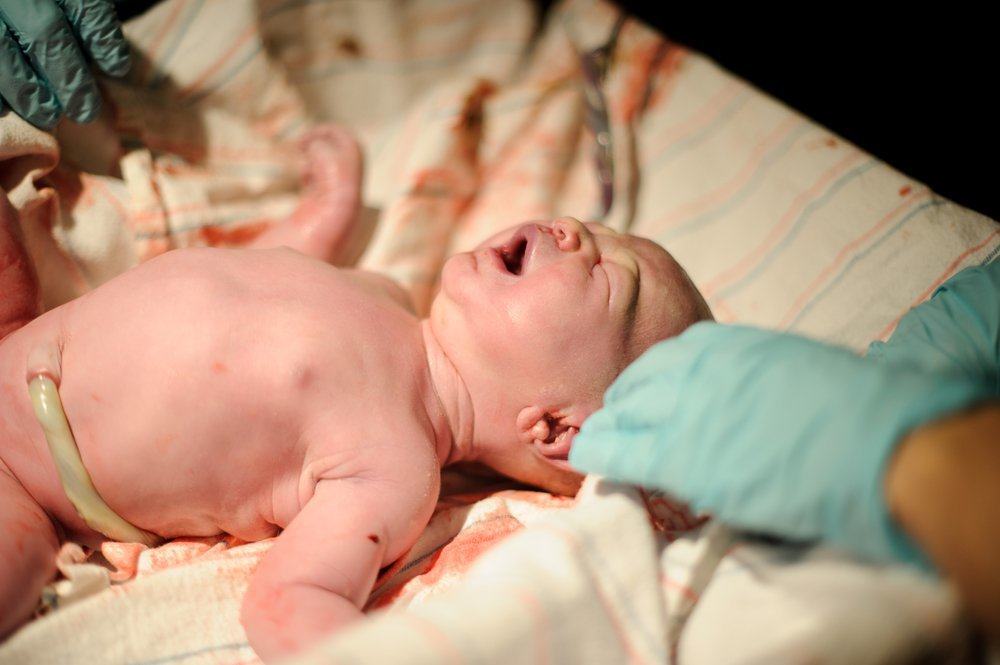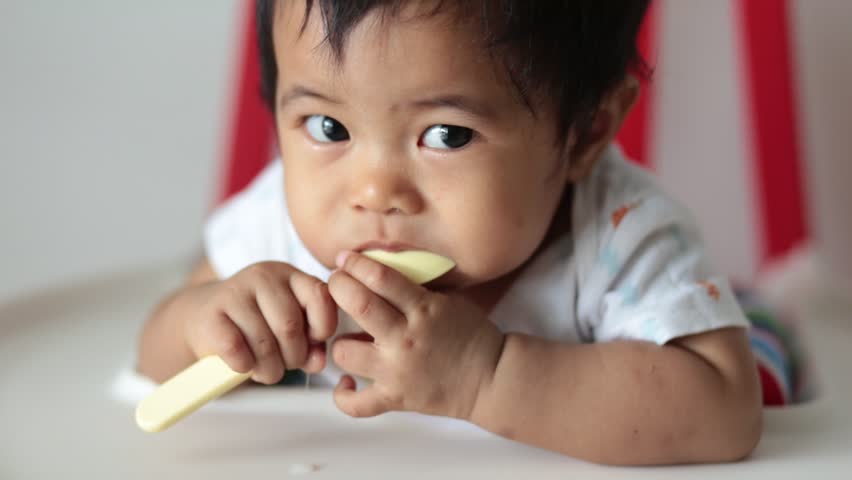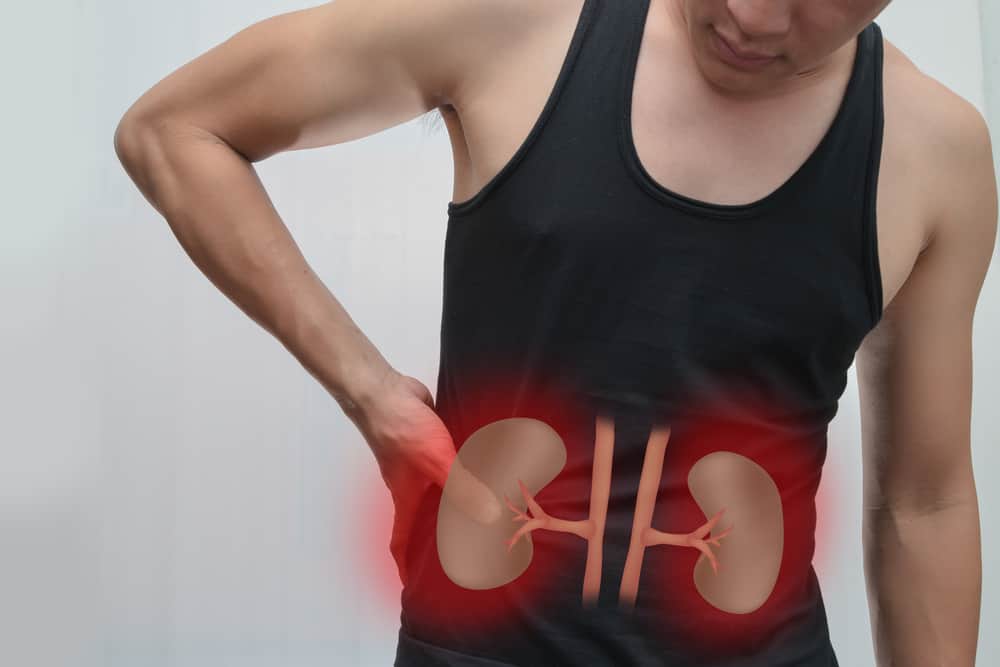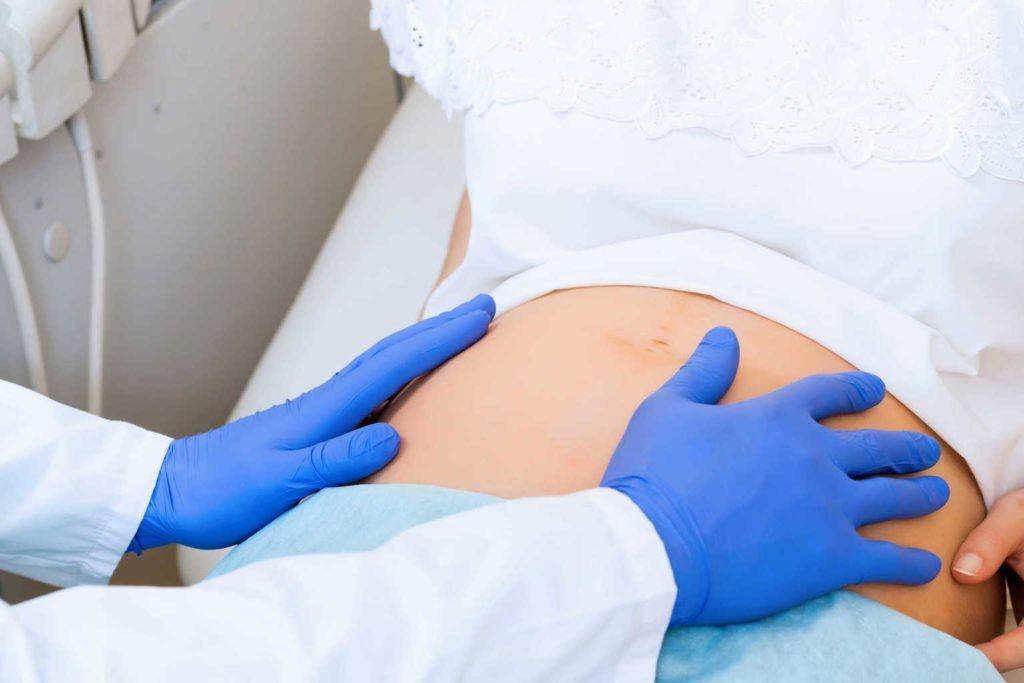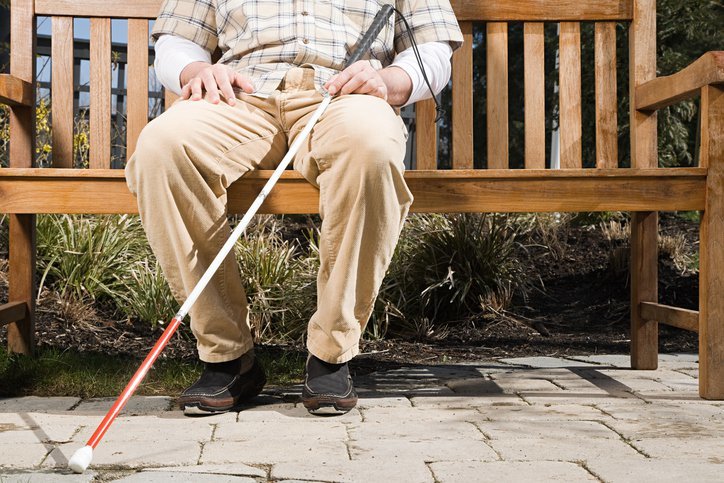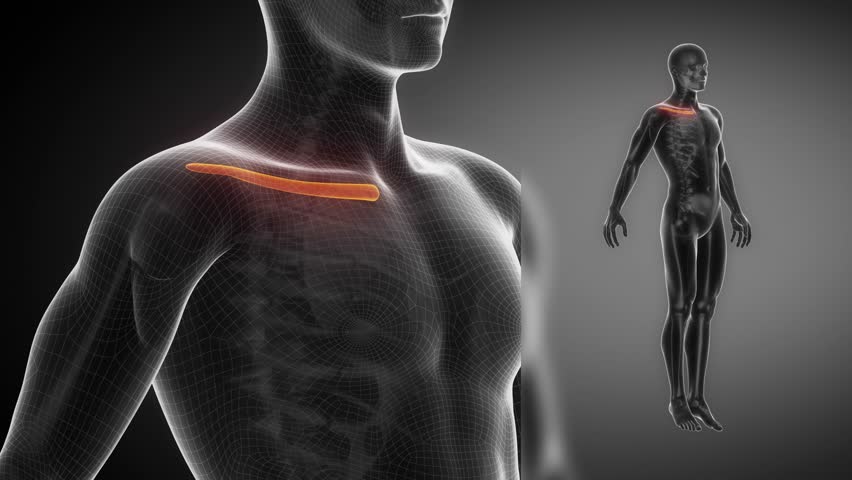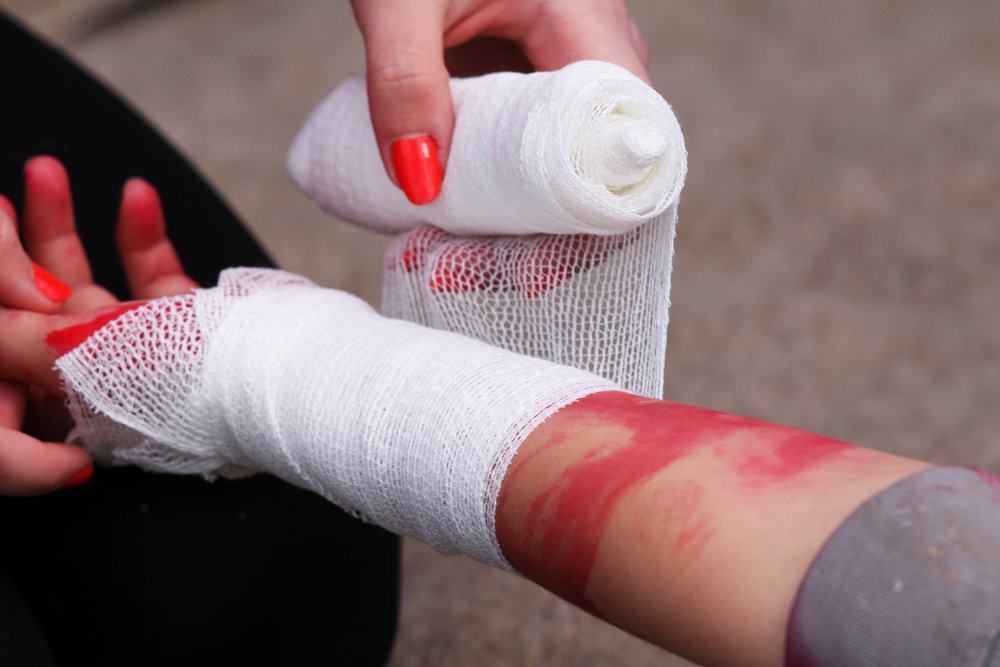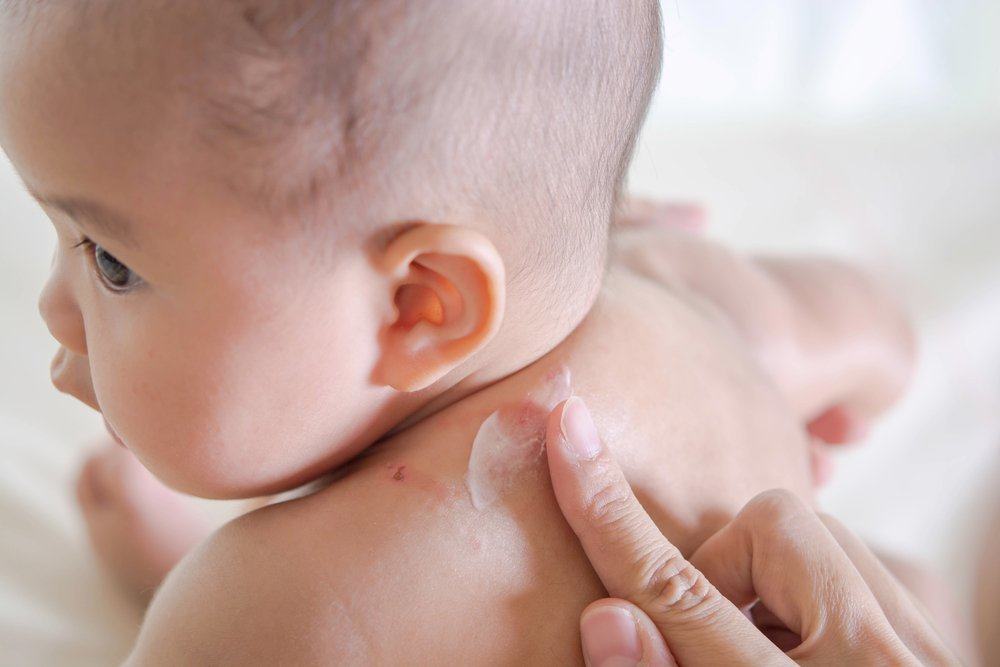Contents:
- Medical Video: How umbilical cord blood could save your life
- What is an umbilical cord?
- What happens to the umbilical cord after the baby is born?
- How do you care for the umbilical cord after the baby is born?
- 1. Keep the rest of the umbilical cord clean
- 2. Keep the rest of the umbilical cord dry
- 3. Bathe the baby by wiping, not soaked in a bathtub
- 4. Let the rest of the umbilical cord detach itself
- What are the signs of infection in the rest of the umbilical cord?
Medical Video: How umbilical cord blood could save your life
Although small, the umbilical cord has many benefits for the baby. Why? With the umbilical cord, babies can receive nutrients and oxygen from the mother, where both of these elements are needed by the baby for growth and development. It is better to know more about the importance of caring for the umbilical cord from the following reviews.
What is an umbilical cord?
The umbilical cord connects babies with mothers. This umbilical cord is about 50 cm long which extends from the hole in the baby's stomach to the placenta in the mother's womb. This umbilical cord is very important for the survival of the womb baby because the umbilical cord brings nutrients and oxygen from the placenta to the baby's bloodstream. Thus, the umbilical cord plays an important role in the growth and development of the baby in the womb. If there is a problem with the umbilical cord, of course the supply of nutrients and oxygen to the baby will be disrupted, which in turn can affect the growth and development of the baby.
Besides nutrition and oxygen, the umbilical cord is also a way for mothers to give antibodies to babies towards the end of pregnancy. These antibodies can provide immunity to the baby to protect it from infection during the first 3 months of life.
The umbilical cord consists of:
- One umbilical vein, which carries blood rich in nutrients and oxygen from mother to baby
- Two arterial vessels that carry deoxygenated blood and the rest of the baby's body products (such as carbon dioxide) return from the baby to the mother's placenta
The blood vessels in the umbilical cord are covered and protected by a sticky substance called Wharton gel. The gel itself is also protected by a layer of amniotic membrane. The baby's umbilical cord is quite long and circular in shape giving the baby the freedom to move in the womb.
What happens to the umbilical cord after the baby is born?
After birth, the blood vessels in the umbilical cord close by themselves. The blood vessels that close first are arteries. This aims to prevent blood loss from the baby to the placenta. While the umbilical vein closes later, allowing blood to continue to flow to your baby for the first few minutes of life.
Therefore, delaying cutting the umbilical cord after birth for several minutes can bring benefits to the baby. Yes, after birth, the umbilical cord will be cut but not finished, leaving 2-3 cm of umbilical cord on your baby's stomach, which will then form the navel in the baby. When cutting the baby's umbilical cord, the baby will not feel pain because there is no nerve on the umbilical cord.
Between 5-15 days after the baby is born, the rest of the umbilical cord will dry out, turn black, and then release by itself. After the umbilical cord is released, it takes about 7-10 days to heal completely. Before the baby's belly button is completely healed, it is important that you always keep the baby's navel clean and keep it dry. This aims to prevent infection.
If you see any fluid coming out of the navel or bleeding, you should immediately take your baby to the midwife or doctor to get further treatment.
How do you care for the umbilical cord after the baby is born?
To prevent infection of the umbilical cord, you need to care for the umbilical cord for several weeks until the belly button in the baby's stomach is completely dry. Some of the things you must do in caring for your baby's umbilical cord are:
1. Keep the rest of the umbilical cord clean
Clean the rest of the umbilical cord and surrounding skin at least once a day. You can clean it slowly using cotton that has been dipped in warm water and mild soap. Lift the dirt on the rest of the umbilical cord. Don't forget to rinse it and keep it dry. Clean every day until the rest of the umbilical cord is completely healed.
Do not clean it with alcohol because alcohol can irritate the baby's skin and may delay healing the rest of the umbilical cord.
2. Keep the rest of the umbilical cord dry
Make sure your baby's umbilical cord is exposed to the air as often as possible. This allows the base of the rest of the umbilical cord to remain dry, so that it can encourage the release of the remaining umbilical cord. If your baby is wearing a diaper, try not to cover the rest of the umbilical cord so that the umbilical cord remains dry and also to prevent irritation.
3. Bathe the baby by wiping, not soaked in a bathtub
Do not bathe your baby in the baby bath until the baby's umbilical cord is completely released. Bathe the baby with a wet towel and wipe all parts of the baby's body with the towel. After that, immediately dry the baby's body with a dry towel to dry faster. Be careful when rubbing a towel on the baby's body because it can cause irritation.
4. Let the rest of the umbilical cord detach itself
Maybe you are thinking by pulling the rest of the umbilical cord, this will help it to escape. However, you should not, let the rest of the umbilical cord detach itself, usually within 1-2 weeks after birth.
What are the signs of infection in the rest of the umbilical cord?
If your baby has signs of infection as below, you should immediately take your baby to a midwife or doctor.
- Your baby will cry when you touch the rest of the umbilical cord or the surrounding skin
- The skin around the base of the rest of the umbilical cord is reddish or swollen
- It smells rotten or yellowish pus
- The rest of the umbilical cord bleeds constantly
READ ALSO
- Cloth Diapers vs Disposable Diapers: Which Is Better?
- 4 Things You Need to Know About the Placenta (Ari-Ari Baby)
- What Causes Yellow Disease in Newborns?

